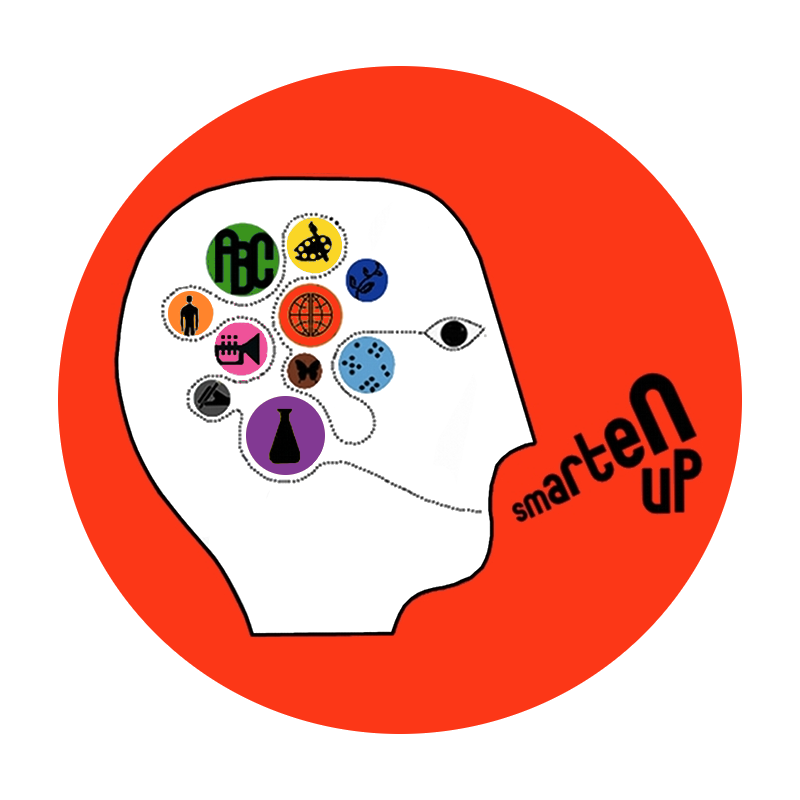As students embark on the latter half of their high school careers, the prospect of what comes after looms large on the horizon. The college search involves a daunting combination of introspection, research, testing, and logistics that can feel overwhelming even for the most organized student—and it arrives at a time in their academic career when most students are also facing more pressure at school than ever before. That’s why it’s increasingly important to make the best use of summer breaks to get ahead in the college application process. For older students this means focused review for standardized tests, brainstorming for the personal essay, and college visits. Importantly, though, it also means that even students early in their high school years need to take advantage of the summer break to find a passion project, learning experience, service opportunity, or summer job that will spur meaningful growth, offer exposure to a potential area of study or interest, and, as a result, provide them with compelling material to relate during the admissions process.
These days, more and more students forestall the age-old question: what do you want to be when you grow up? And that’s okay! In a rapidly-changing world where young adults are expected to hold more distinct jobs than any generation before them, flexibility and openness are prerequisites. However, rather than an excuse to avoid reflecting on their future goals, this open-ended world creates an invitation (even an obligation) to explore the possibilities that await. Students will be increasingly responsible for navigating their own way through the thicket of opportunities, rather than stepping onto a career path that is clearly marked out for them from the start. The open days of summer are a first taste of this freedom, which can be equal parts exciting and overwhelming. What students do with the summer months is up to them, but it’s our job to guide them into experiences that will help them to better define their future goals, and to take real steps toward meeting them.
These summer experiences often serve as the source material for a student’s personal essay, which conveys to admissions officers the particular qualities that a student can bring to their school. It also makes sense to use the summer to begin the development of this essay as well, during a relatively slow moment in the year when students have the time to reflect and experiment. That’s why Smarten Up will offer a week-long intensive in the personal essay this summer, developing original and effective essay drafts in a small group setting. Together we will break down successful examples of this type of essay, learning a set of best practices to employ as we also experiment to find the right story for each individual student. The personal essay is a student’s chance to share their unique voice with admissions officers—but ‘be unique’ is, of course, uselessly vague advice. The workshop will focus on the actionable steps in the writing and revision process that will allow this unique voice to emerge.
Will you join us? Email mara@smarten-up.com for more information.



